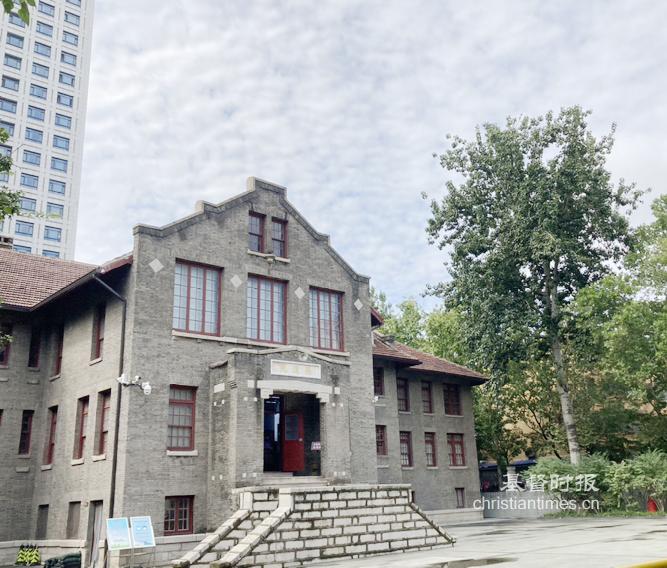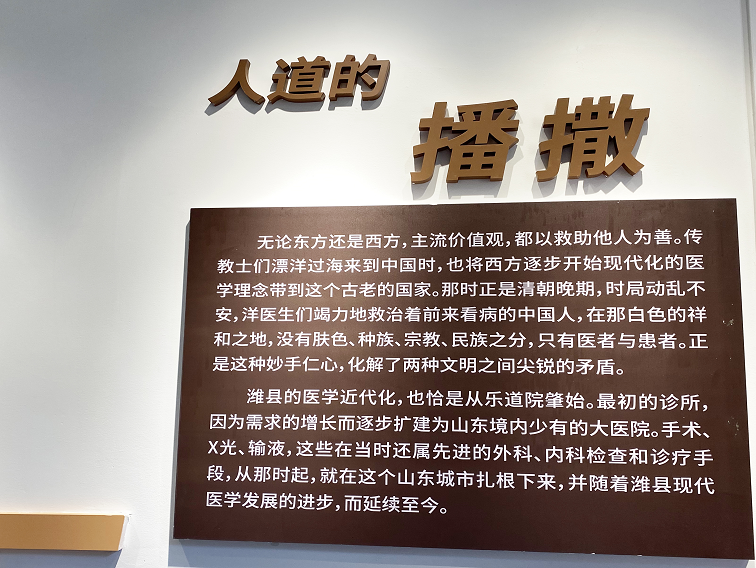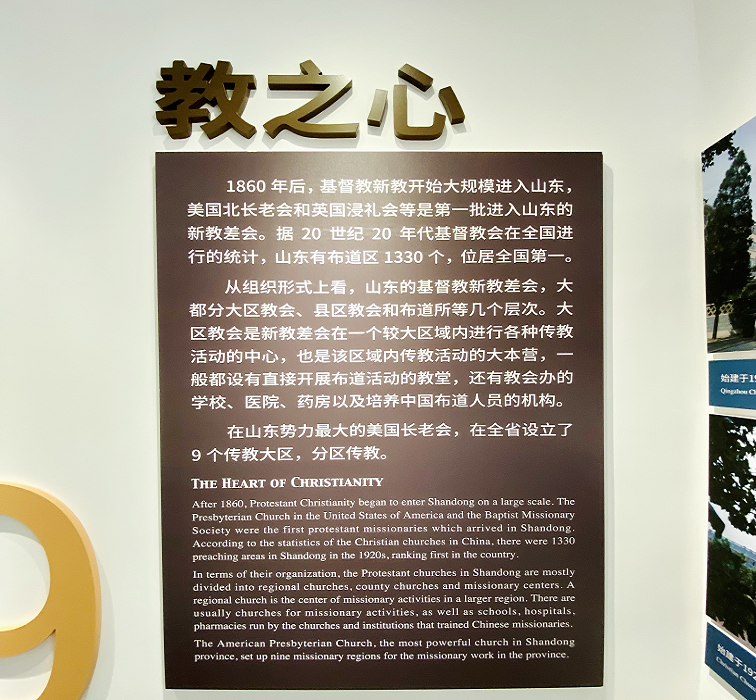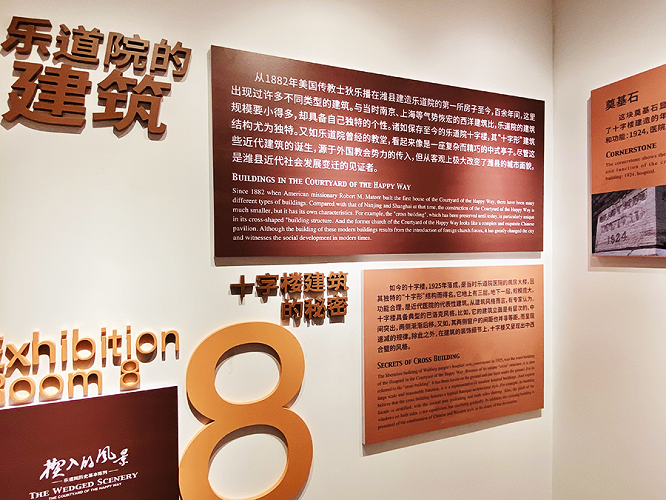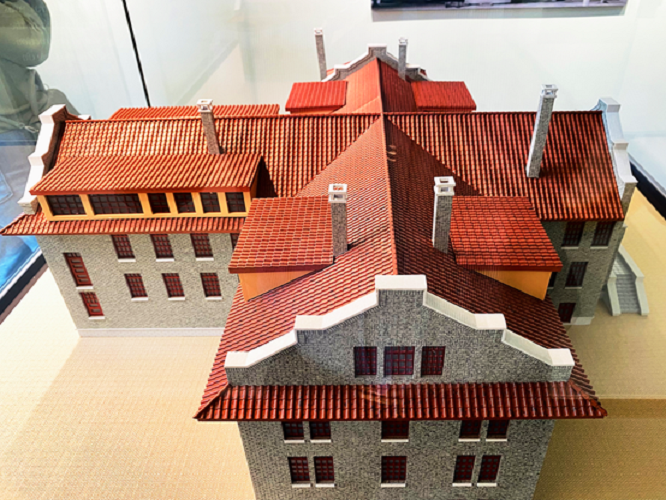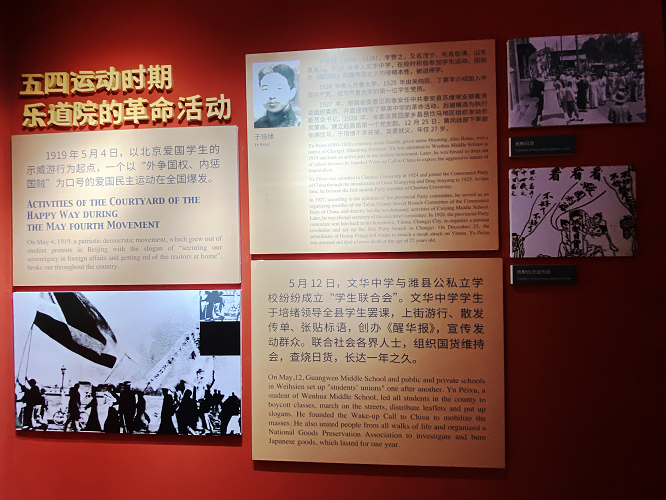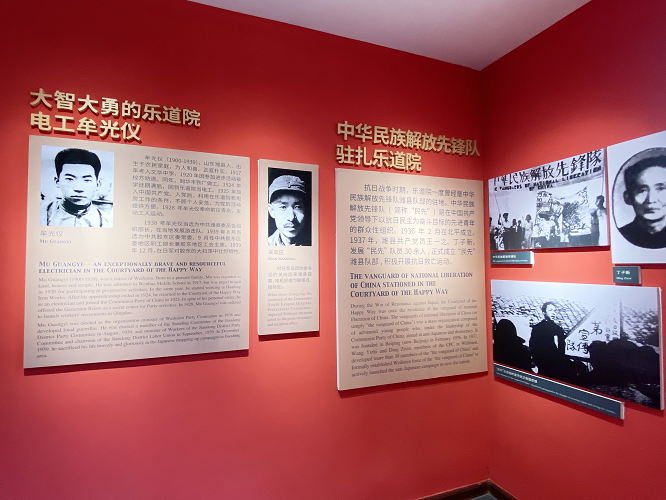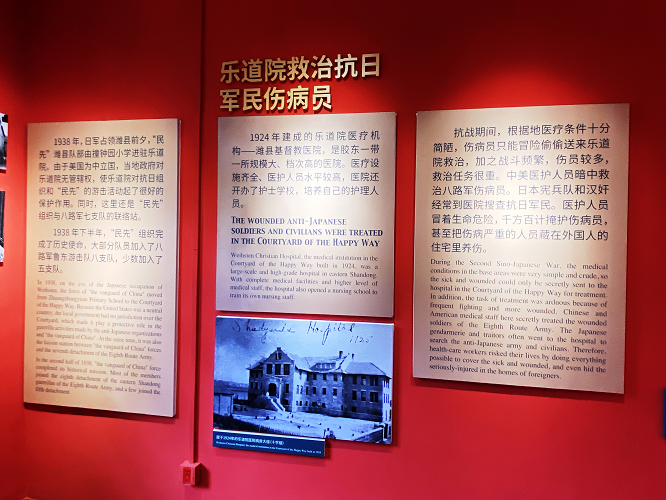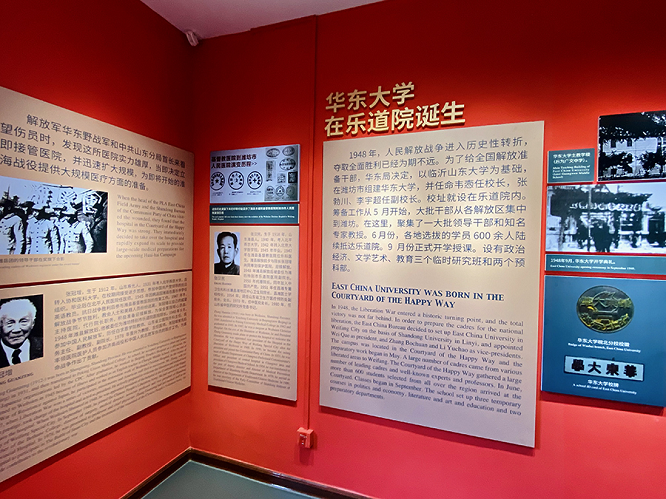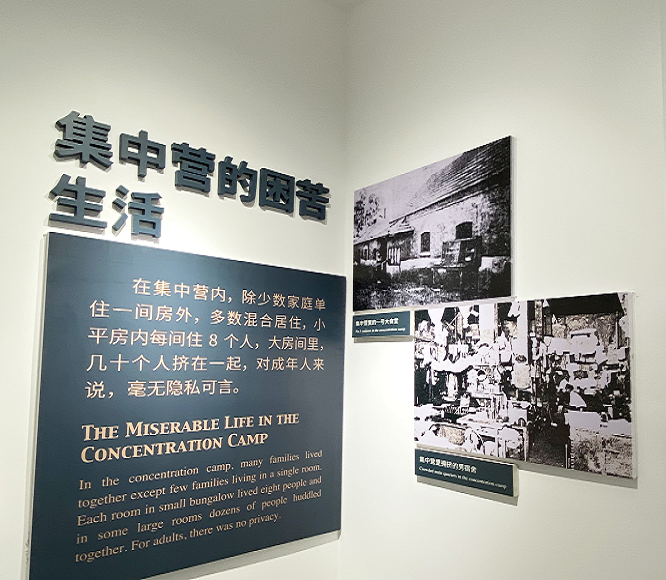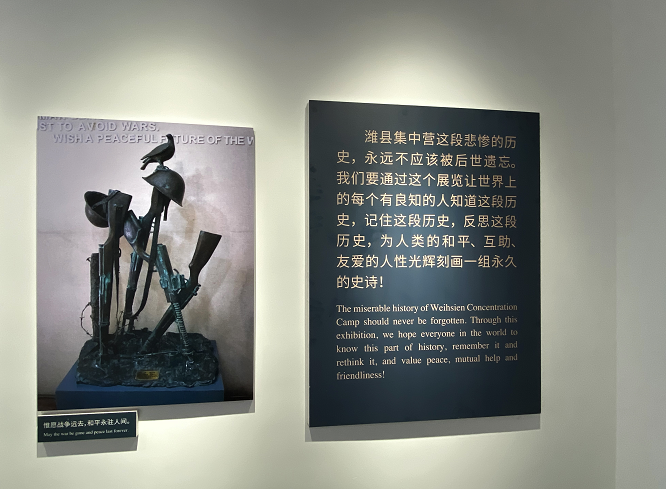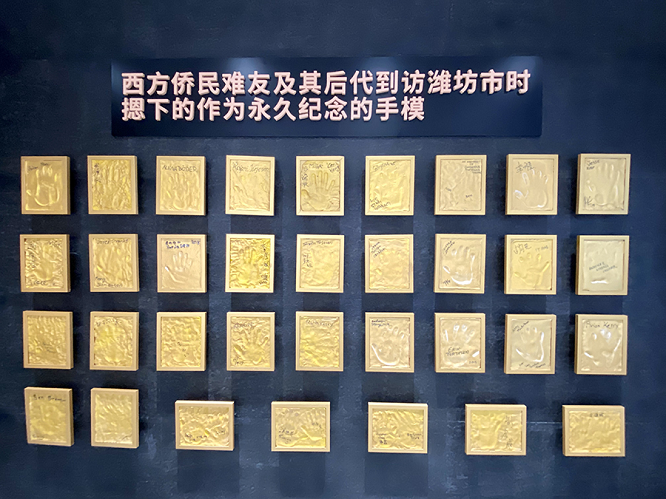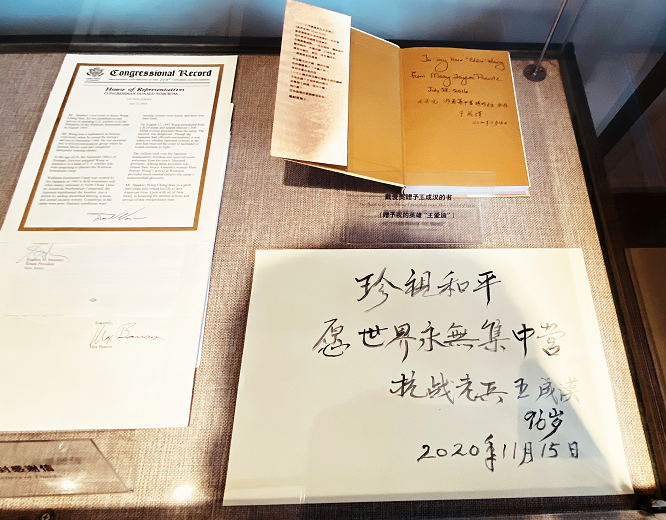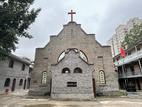Despite being known to the world as the Auschwitz in the east, the Courtyard of the Happy Way which once was the Western Migrants Concentration Camp is now maintained as a lighthouse in China’s eastern Shandong Province.
The Courtyard of the Happy Way was a preaching place for Western culture embedded in the heartland of the Qilu culture, as well as a platform for the communication between the Chinese and Western cultures. In 1904, Guangwen Xuetang (or Shandong Protestant University), the predecessor to today’s Shandong University, was built and known as the "Harvard of China" for its textbooks and academic system imitating Harvard University in the US. East China University (1948-1951), which was also born there, was renowned as the cradle of the "Revolution in Weihsien" and had trained outstanding talents for China.
In 1902, Robert McCheyne Mateer used the boxer refund, the Qing government compensation, and all the funds donated by the American churches to rebuild and expand the Courtyard.
With the history reflecting the traditional cultural inheritance of the spirit of the times, the Courtyard has inestimable humanistic value for cultural tourism, international exchanges, and dissemination of humanitarian values.
- Translated by Abigail Wu


